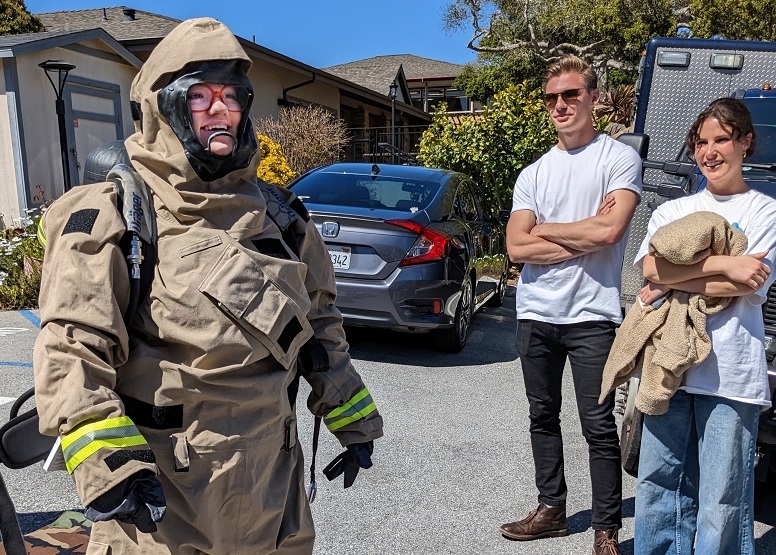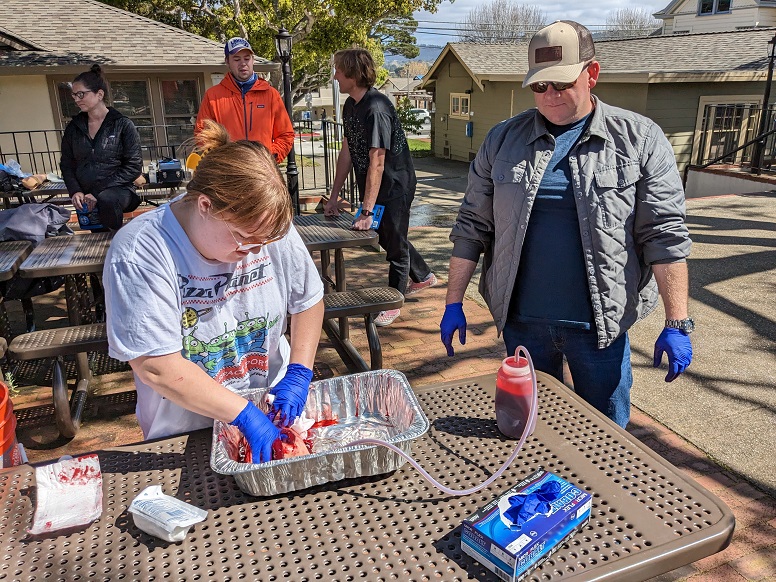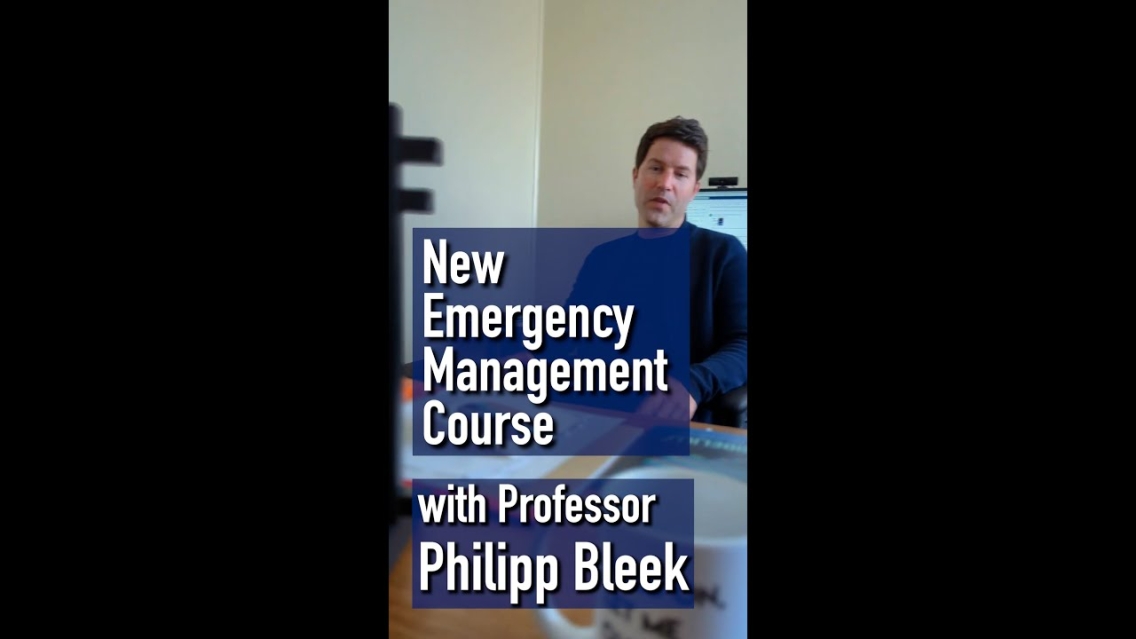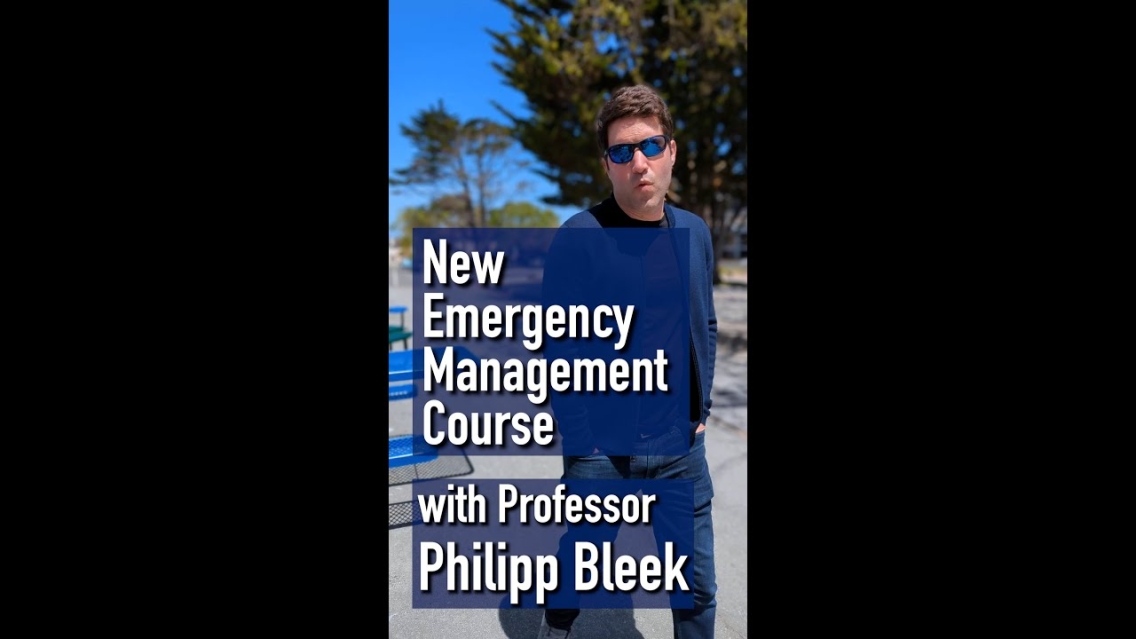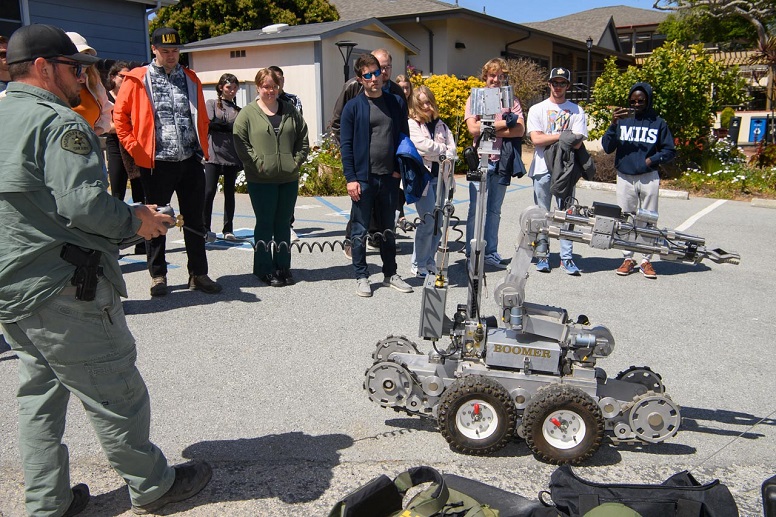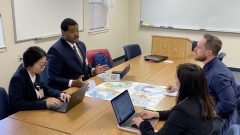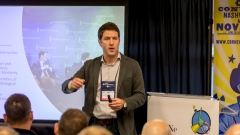Students Practice Diplomacy, Interpretation Skills in Realistic International Crisis Simulation
| by Jason Warburg
Thirty-five Middlebury Institute students were joined by students and faculty from other area institutions for a weekend-long exercise simulating diplomatic negotiations during an international crisis.

